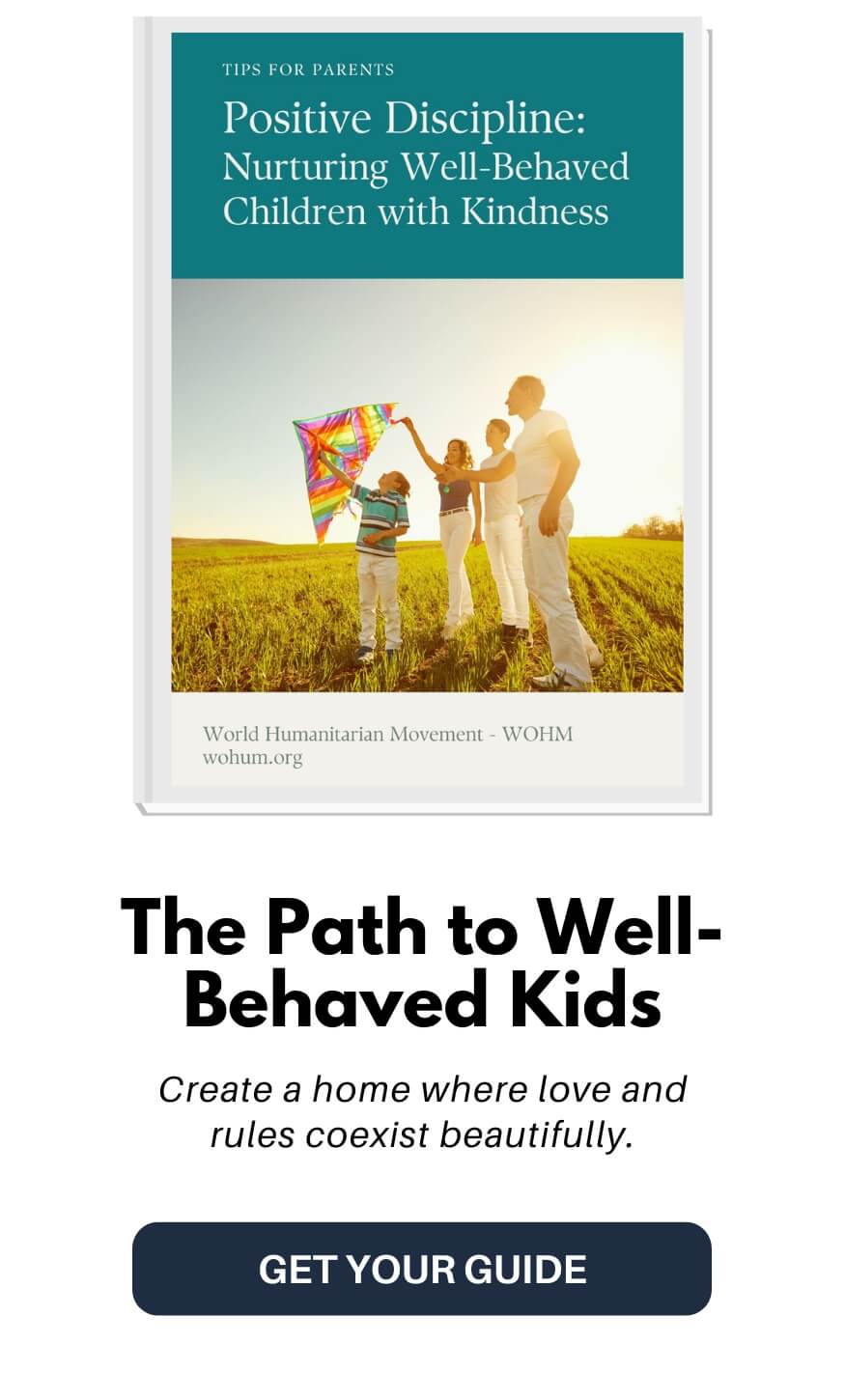1. Understanding Toddler Tantrums
Toddler tantrums are outbursts of frustration, anger, or distress expressed through crying, screaming, kicking, or hitting. They often occur when toddlers are unable to communicate their needs or when they encounter limits or boundaries. Understanding that tantrums are a normal part of their development will help you respond to them more effectively.
2. Identifying Triggers
Recognizing the triggers that lead to tantrums is crucial. It could be hunger, fatigue, overstimulation, or frustration. Observe your child’s behavior and look for patterns to identify common triggers. Once you know the triggers, you can take preventive measures to minimize tantrums.
3. Creating a Calm and Consistent Environment
Establishing a calm and consistent environment at home is essential for managing toddler tantrums. Provide a routine and structure that your child can rely on. Consistency helps toddlers feel secure and reduces the likelihood of meltdowns.
4. Positive Reinforcement
Offering praise and positive reinforcement when your child exhibits good behavior encourages them to continue behaving appropriately. Acknowledge their efforts and achievements, which boosts their self-esteem and reduces the frequency of tantrums.
Please explore our related article where we extensively discuss positive reinforcement: ‘How Positive Reinforcement Shapes Children’s Behavior’
5. Distraction and Redirection
When you notice your toddler becoming upset, try distracting or redirecting their attention to something else. Engage them in a different activity or offer a toy that captures their interest. This can help shift their focus away from the cause of their frustration.
6. Setting Clear and Realistic Expectations
Communicate clear and realistic expectations to your toddler. Use simple language to explain what behavior is expected of them. Setting reasonable limits and boundaries can prevent tantrums caused by misunderstandings or conflicting desires.
7. Teaching Emotional Regulation
Toddlers often struggle with regulating their emotions. Teach them simple strategies to calm themselves down, such as taking deep breaths or counting to ten. By helping them develop these skills, you empower them to manage their emotions more effectively.
8. Encouraging Communication Skills
Language development plays a significant role in reducing tantrums. Encourage your toddler to express themselves verbally by teaching them words for their emotions. Use language that validates their feelings and offers alternative ways to communicate their needs.
If you’re interested in further exploring the impact of communication, we encourage you to check out our related article: ‘Nurturing Child Development: The Power Of Open Communication.’
9. Modeling Appropriate Behavior
Children learn by observing and imitating their parents. Be a positive role model by demonstrating calm and controlled behavior in stressful situations. Show them how to handle frustration and conflict constructively.
10. Time-In and Time-Out Strategies
Consider using time-in or time-out strategies based on your child’s temperament and the situation. Time-in involves staying close to your child and providing comfort until they calm down. In contrast, time-out involves a temporary separation from the situation to allow them to regain control.
11. Practicing Patience and Empathy
During tantrums, it’s crucial to remain patient and understanding. Stay calm and avoid reacting with anger or frustration. Show empathy towards your child’s feelings while setting limits on their behavior.
12. Seeking Support from Other Parents
Connecting with other parents who have experienced or are currently dealing with toddler tantrums can provide valuable support and advice. Join parenting groups or seek guidance from professionals to learn from their experiences.
13. Dealing with Tantrums in Public
Tantrums can happen anywhere, including public places. Stay composed, and remember that others have likely been in your position before. Remove your child from the situation if necessary and find a quiet space to help them calm down.
14. Consistency is Key
Consistency is vital when dealing with toddler tantrums. Stick to the strategies that work for you and your child, even if it takes time to see improvements. You can help your child learn to manage their emotions with consistency and patience.
15. Conclusion
Handling toddler tantrums requires patience, understanding, and practical strategies. Parents can successfully navigate these challenging moments by recognizing triggers, creating a calm environment, and teaching emotional regulation. Remember that each child is unique, and finding the best approach for your little one may take time. Stay calm, be consistent, and seek support when needed.






